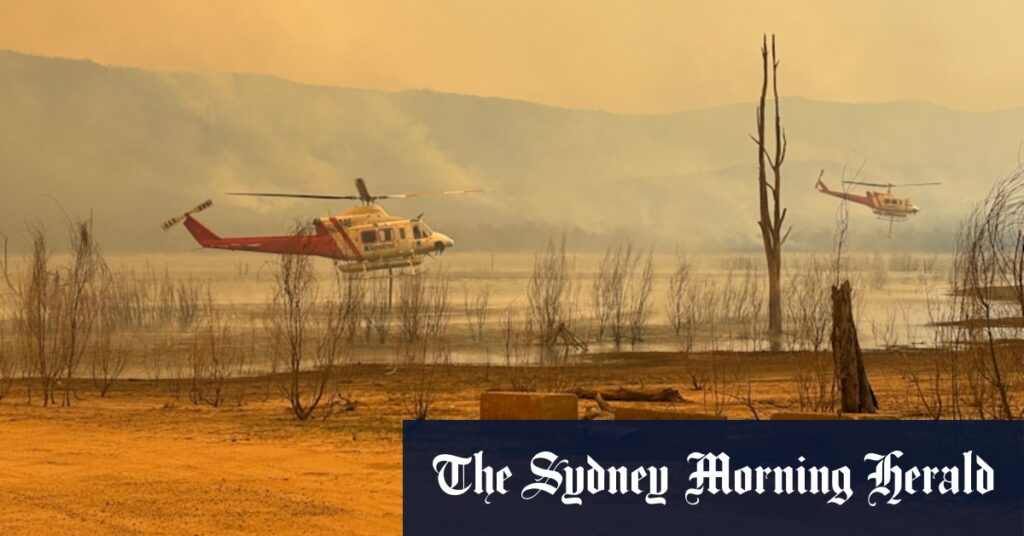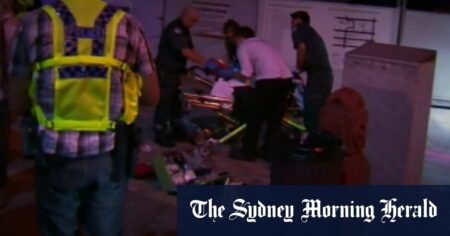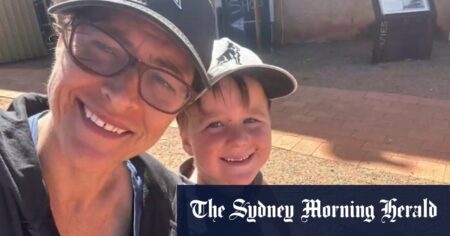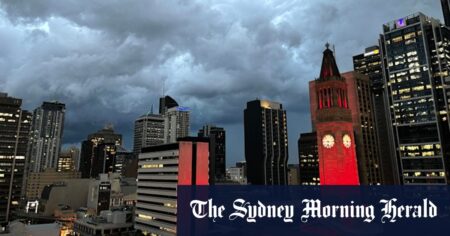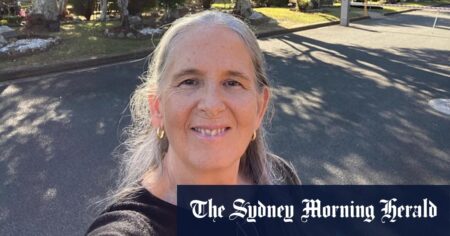Instead, it was shelved, wasting $5.3 million in taxpayer funds.
The project was dumped because the “alternate CAD software was unviable”, according to a summary on the Victorian government IT dashboard.
Triple Zero Victoria provided a different explanation: most of the works were successfully completed, but some components were discontinued because they would be superseded by a new CAD project.
Well before Wednesday’s CAD outage, staff were raising grave concerns about the geriatric technology system underpinning emergency call taking in Victoria.
The old CAD is due to be replaced, and work is under way on the Next Generation CAD project.
Triple Zero Victoria insists the work is on track, within budget, and its delivery timeframes have not changed.
Loading
But unions and staff members say the planned rollout has been delayed at least six months.
And a leaked presentation indicates the new CAD was scheduled to be deployed in October next year. A recent memo to staff says a “new refined … project schedule” was conditionally endorsed last month, pushing the transition to the new system to “mid 2027”.
“The project has been worded quite cleverly so that it’s still on track, but they have informed AV [Ambulance Victoria] that there will be a six-month delay,” said Victorian Ambulance Union secretary Danny Hill.
Hill said he had also been advised that recent redundancies at Triple Zero Victoria had affected the team working on the Next Generation CAD, and the training staff who would have been pivotal in rolling out the system.
“It would seem to me quite counterintuitive,” he said.
According to Triple Zero Victoria, no operational training staff dedicated to the Next Generation CAD digital transformation program have been made redundant.
Concerns over the rollout of the new system coincided with support for leaders falling below that recorded around the time of catastrophic call answering delays during the pandemic. In August, in an email to staff referencing her organisation’s “People Matters” survey – a staff questionnaire Victorian public service departments complete – then-chief executive Debra Abbott wrote “perceptions of senior leaders have declined to levels below what was seen in 2022”.
Thirty-three people died following Triple Zero delays or lengthy ambulance waits in 2021 and 2022. Most ambulance calls should be answered within five seconds; instead, people waited up to 76 minutes. A review found that the service had not been adequately funded by the state government to meet the forecast surge in demand.
Recently, the agency has received WorkSafe provisional improvement notices over unresolved workplace health and safety issues. One of the notices related to a failure to train staff on what advice to give callers trapped in a burning building – an issue Triple Zero Victoria now says it’s working on with an agency partner.
Loading
“Call takers have two options. They can either just say to someone, ‘OK, good luck’ and hang up the phone, or they could try and fumble their way through giving some sort of advice that they’re not trained to give,” said one Triple Zero call taker who is not authorised to speak publicly.
At the end of this month, Triple Zero will also appear at the Fair Work Commission over a dispute with the Communication Workers Union (CWU), to settle a squabble over whether staff must wear uniforms on Friday and Saturday nights or are permitted to wear casual clothing.
After the union launched action at the Fair Work Commission to force Triple Zero to allow members to dress casually on weekend nights, the agency hired law firm Landers & Rogers to fight back.
CWU assistant secretary John Ellery said he was concerned that the agency was “wasting Victorian taxpayers’ money on external lawyers” to overturn the longstanding practice, instead of focusing on providing a proper service to Victorians.
Asked about the cost and nature of the dispute, Triple Zero Victoria said the agency had not launched the proceedings, and that because it was the subject of an upcoming hearing it would be inappropriate to comment further.
Loading
This week’s CAD blackout caused minutes-long delays for some Victorians trying to call for an ambulance or police. Triple Zero Victoria has yet to provide details on how long callers waited to get through, as the agency says data is not yet available.
“Triple Zero calls from the community continued to be taken throughout the incident, and emergency responders continued to be dispatched,” a Triple Zero Victoria spokeswoman said.
It’s not just during the high-profile crashes that the CAD system proves unreliable, said Hill, from the ambulance union.
“There are regular glitches, or it freezes, or there might be a function that doesn’t work effectively. I found out just the other day that there was a period of time a couple of weeks back, where they [the dispatchers] couldn’t right-click if they hovered over an ambulance.”
One senior Triple Zero Victoria staff member described the current CAD as like the unstable building block game Jenga.
“It’s been put together over 30 years. Different bits and pieces have been pulled out and put in. So it’s very unstable.”
United Firefighters Union state secretary Peter Marshall said emergency services workers “need systems that work”.
Start the day with a summary of the day’s most important and interesting stories, analysis and insights. Sign up for our Morning Edition newsletter.
Read the full article here





